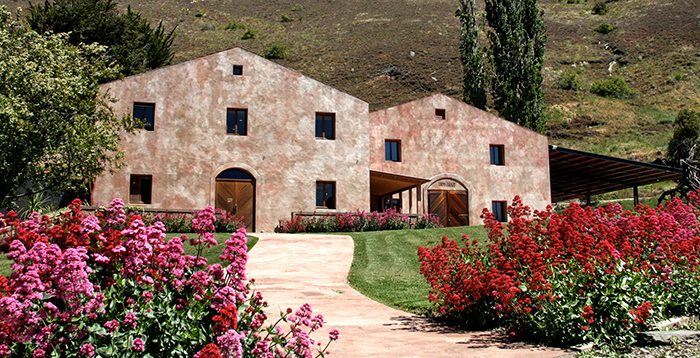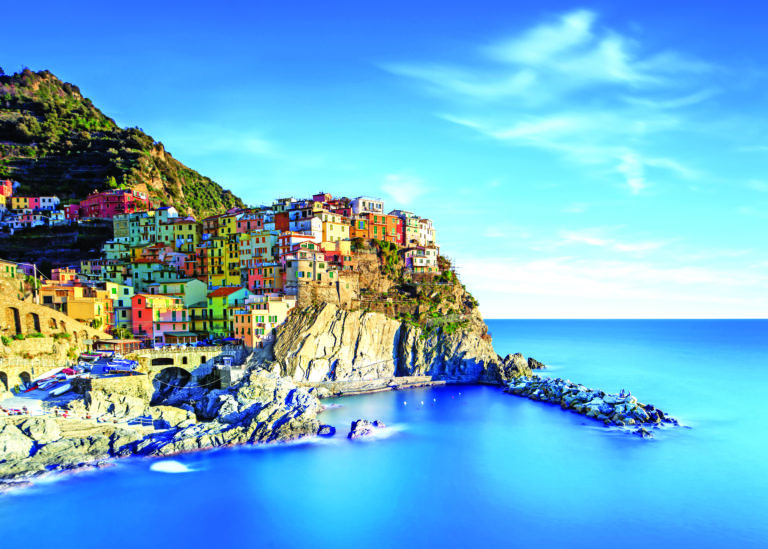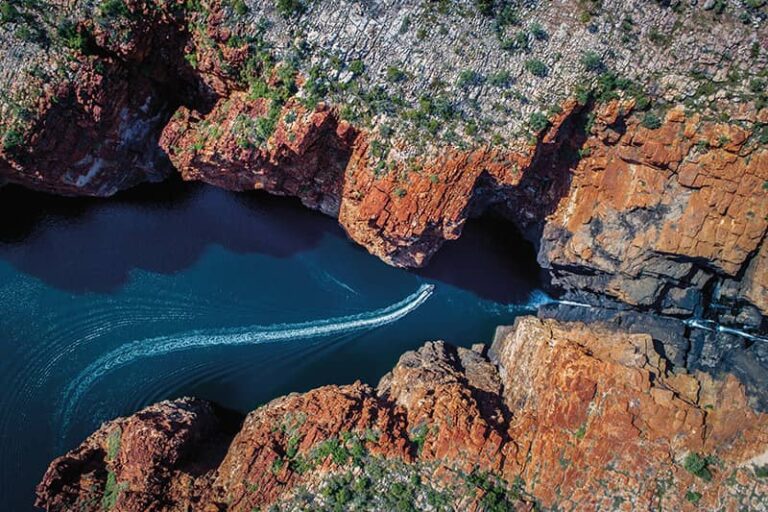Chard Road is the kind of narrow, winding road that you’d think twice before turning your rental SUV into – even before you see the sheer cliffs that fall down one side to the Kawarau River below. It’s hard to imagine this back-country track, now used by local farmers and adventurous tourists bound for the Chard Farm vineyard that produces some of the world’s most appreciated pinot noirs, was once the region’s main highway. Stagecoaches rumbled over these hills and around these bluffs from Cromwell to Queenstown and back. It wasn’t the first choice for a road – that had been the Gentle Annie route on the northern side of the Kawarau River, which was even more dangerous.
In the early 1860s, not long after William Rees and Nicholas von Tunzelmann began the first farms in the Wakatipu Basin, Arrowtown’s sparse residents pushed for a new, safer road along the southern side. Chard Road was cut along the line of the trail used by Maori for centuries to cross from what we now know as Otago to the West Coast in search of pounamu, greenstone. A punt carried travellers across the river until road builders, before the invention of gelignite, cut the road through the massive Few’s Bluff by hand-drilling holes in the rock and filling them with explosive – the drill marks can be seen today – then painstakingly clearing the rubble with picks, shovels, wheelbarrows and carts. In 1880, Kawarau Bridge – now famed as the home of AJ Hackett’s bungy jump – was opened, ending the unreliable punt trip and relegating Chard Road to a backroad. It remained, however, an important lifeline for Chard Farm and the neighbouring Cone Peak sheep station. The area is named for Richard Chard, an Englishman lured to the Central Otago gold rush in 1862. Just 14, he worked in the Dunstan and Gibbston areas for several years before buying a piece of land about half the size of a football field. It was enough for a vegetable plot and orchard. Chard and his wife, Emily Green, had seven children and their youngest son, Fred, took over the farm when Richard died in 1905. Little changed on the farm for 50 years. When Fred and his son Eric moved to Arrowtown in 1978, Chard Farm became a stonefruit orchard, gaining a 4m-litre dam to store water for irrigation and fighting frost.
The event that would turn Chard Farm into a household name came in 1987. Rob Hay returned to New Zealand in 1985 after studying winemaking in Germany for three years. He spent the year searching for land that emulated the conditions found in the great vineyards of Burgundy, Alsace, Champagne and south Germany. He bought the farm in 1987. As Hay tells it, “Soon after arrival and out rabbit shooting one gorgeous, balmy, Central Otago evening, I had an epiphany – I could see the farm as a fully planted vineyard.”
The Hay brothers were among several pioneers trying their hand at making wine in the Alexandra and Wanaka regions. There’s no denying it was a rough ride – and so was a lot of the product. The wine world turned on its axis in the ’90s when Central Otago’s pinot noirs began to be recognised as the world’s finest. These days, Chard Farm’s holdings have extended into the Cromwell basin, growing pinot noir, pinot gris, chardonnay, riesling and sauvignon blanc, crafted at the winery on the home block and exported around the globe. So much for the complaint of a grumpy old-timer overheard at the bar of Arrowtown’s Royal Oak Hotel back in 1987: “Chard Farm as a vineyard is a waste of bloody good merino country.”







